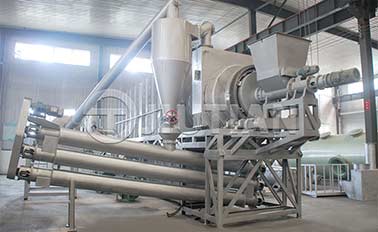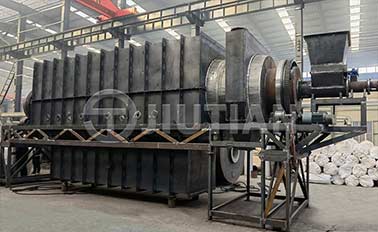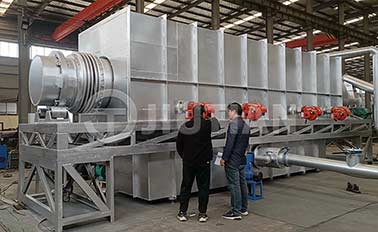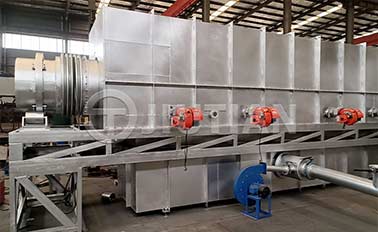The continuous carbonization method of the Nutshell Carbonizer does have some advantages in terms of reliability. Continuous carbonization means that during the carbonization process, raw materials (such as shells) continuously enter the carbonization furnace, and the carbonized products are also continuously taken out of the furnace. In contrast, intermittent carbonization refers to a carbonization process in which raw materials and products need to be loaded and unloaded between each carbonization cycle.
Here are several reasons why continuous carbonization is more reliable than intermittent carbonization:
1. Stability: In the continuous carbonization process, the continuous flow of raw materials and products can provide more stable process conditions. This helps reduce temperature and atmosphere fluctuations, improving the stability and consistency of the carbonization process.

2. Automated control: Continuous carbonization equipment is usually equipped with an advanced automated control system, which can monitor and adjust parameters such as temperature, atmosphere, and feed speed in real time. This makes the carbonization process easier to control and adjust, improving the reliability and stability of the production process.
3. Continuous operation: Continuous carbonization equipment can achieve continuous operation without frequent loading and unloading operations, reducing downtime and the possibility of production interruption. This is especially important when large batches of carbonization are required, which can improve production efficiency and output.
4. Energy consumption efficiency: Due to the continuous operation characteristics of continuous carbonization equipment, its energy consumption efficiency is often higher than that of intermittent carbonization equipment. Continuous carbonization equipment can better utilize heat energy and gas and reduce energy waste.
The fruit shell carbonization machine also has the advantages of high efficiency, environmental protection, and easy operation. It can carbonize a variety of fruit shells and crop waste, such as coconut shells, peach shells, apricot shells, peanut shells, walnut shells, palm shells, straw, corn cobs, Sawdust, branches, bamboo chips, furfural residue, sugarcane bagasse, coffee grounds, wine residue and other materials.

Location:Indonesia
Project Progress:Put Into Production

Location:Vietnam
Project Progress:Put Into Production

Location:Kenya
Project Progress:Put Into Production

Location:Canada
Project Progress:Put Into Production